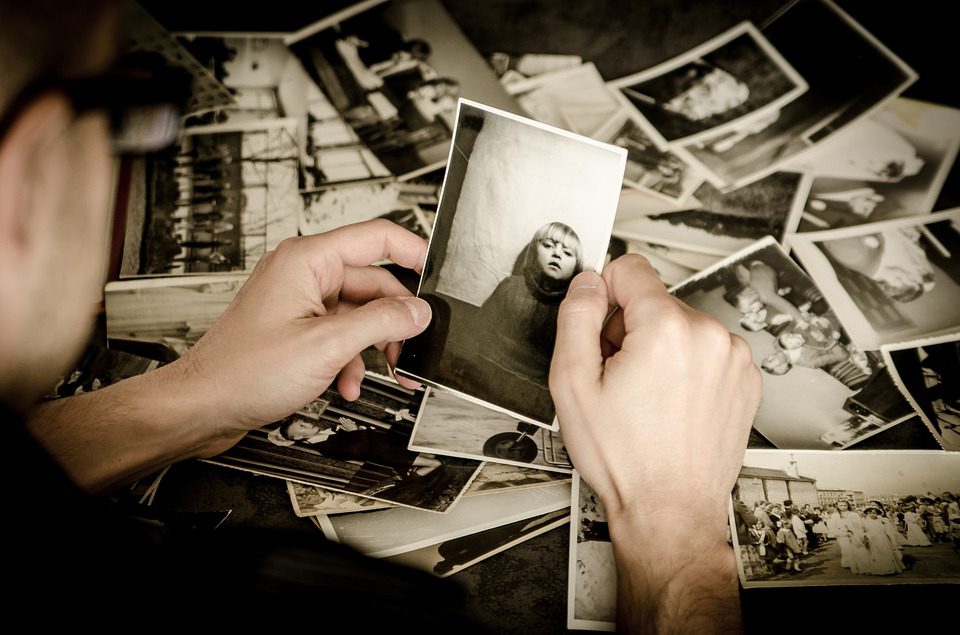What mechanisms does our brain use to create and arrange memories? While we view our waking lives as a constant experience, it is thought that premised upon human behavior research, we remember these life experiences as separate, discrete moments. What defines the start or end of a recollection? This is known as “event segmentation,” and we currently know very little about how and why the system operates in the human mind.
Researchers collaborated with 20 individuals who were undertaking intracranial monitoring of brain activity in order to guide treatment for drug-resistant epileptic seizures. They examined how patients’ brain activity changed when they were given video clips containing various sorts of cognitive boundaries—transitions believed to drive changes in how memories are stored and to denote the start and end of memory files in the brain.
One way to think about how experiences are stored and retrieved in the brain is similar to how images are kept on your computer or phone. Often, images are dynamically classified as happenings based on the date and location of their capture and then shown to you as the main image from that occasion. You may dive deeper into that precise event by tapping or clicking on the picture.
Consider how a boundary response is similar to starting a new picture event.
As you develop the recollection, it’s as though more photographs are now being introduced to the event. Whenever a hard boundary is reached, the current event ends, and a new one starts. Soft borders may be conceived of as new pictures formed inside the confines of a single event.
These discoveries provide insight into the processes through which the human brain generates, stores, and retrieves memories. Due to the fact that event separation is a mechanism that may be disrupted in individuals with memory impairments, these findings might be used to aid in the development of novel treatments.
The study was published in Nature Neuroscience.













Leave a Reply